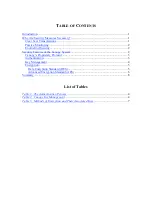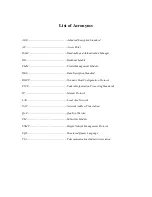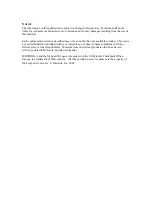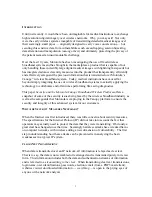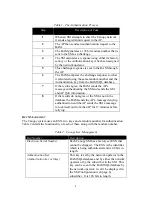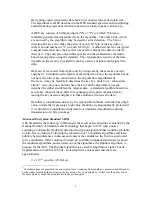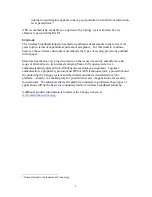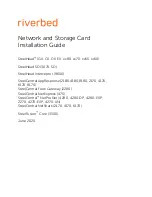
1
I
NTRODUCTION
Until just recently, it would have been unimaginable for medical institutions to exchange
high resolution digital imagery over wireless networks. Why, you may ask? Not only
were the early wireless systems incapable of transmitting detailed medical images over
their seemingly small pipes — originally designed to carry voice conversations — but
securing this sensitive data from vulnerabilities such eavesdropping, session hijacking,
data alteration and manipulation
(among others)
and ultimately protecting the privacy of
the patient seemed an insurmountable challenge.
Over the last 10 years, Motorola has been investigating the use of fixed wireless
broadband systems and has brought to the marketplace a product that is capable of not
only handling these incredibly large digital medical images with lightning fast speeds but
has integrated advanced security measures into the product that transparently, efficiently
and effectively safeguard the precious information that is transmitted over Motorola’s
Canopy
™
wireless broadband system. Today, medical institutions have moved far
beyond simply imagining the use of wireless broadband systems to actually applying the
technology to collaborate and often times performing life saving diagnostics.
This paper
Security and the Motorola Canopy Broadband Wireless Platform
offers a
snapshot of some of the security issues being faced by the wireless broadband industry as
well as the safeguards that Motorola is employing in the Canopy platform to ensure the
security and integrity of this advanced system for our customers.
W
HY
A
RE
S
ECURITY
M
EASURES
N
ECESSARY
?
When the Internet was first introduced, there was little concern about security measures.
The specifications for the Internet Protocol (IP) did not take into account the fact that
operators may actually need to protect the data that they were transmitting. Obviously a
great deal has changed since that time. Seemingly harmless attacks have wreaked havoc
on computer networks with wireless adding a new dimension of vulnerability. The first
step in understanding how these attacks can be prevented is in analyzing the basic
weaknesses in a typical IP system.
C
LEAR
T
EXT
T
RANSMISSIONS
When data is transmitted over an IP network, all information is relayed as clear text.
That is to say, the data is not scrambled or rearranged and is transmitted purely in its raw
form. This information includes both the data and authentication streams of information
and is referred to as
transmitting in the clear.
When transmitting clear text transmissions,
login name, user identifications, passwords, electronic mail (from a POP3 mail client),
websites visited, downloaded information —
everything —
is open to the prying eyes of
anyone with a network analyzer.


